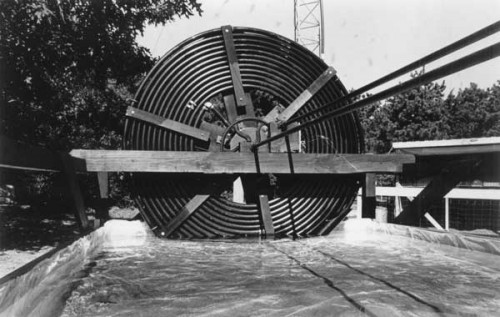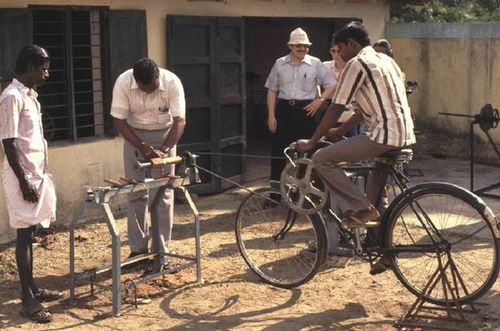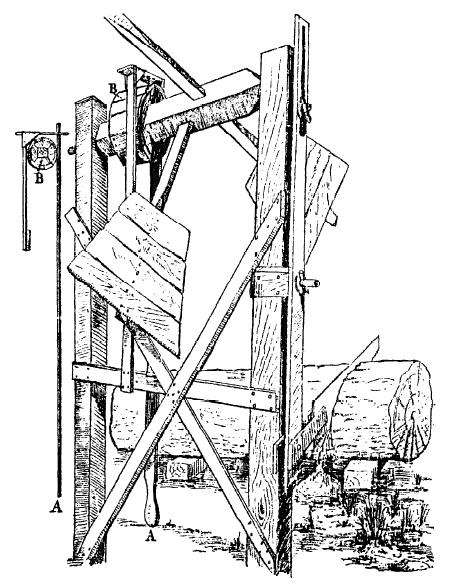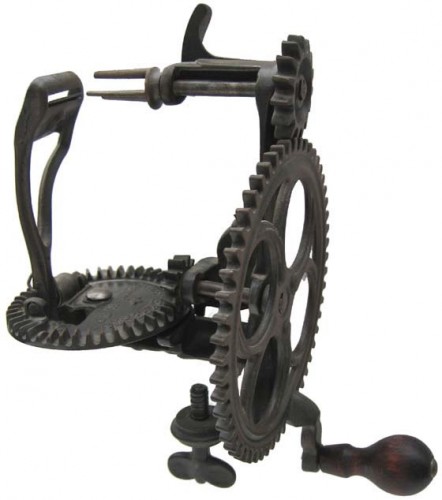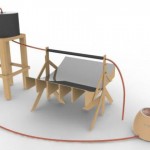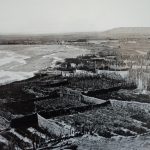“A spiral pump, first invented in 1746, has been recreated and tested at Windfarm Museum using lightweight and inexpensive modern materials. A 6 foot diameter wheel with 160 feet of 1-1/4 inch inside diameter flexible polyethylene pipe is able to pump 3,900 gallons of water per day to a 40 foot head with a peripheral speed of 3 feet per second.
With its low torque requirements, the pump is particularly suited to be mounted on and driven by a paddle wheel in a current of two feet per second or greater. This easily built, low maintenance spiral pump can be used to provide water without the need for fuel wherever there is a flowing stream or river. It can also be hand turned or otherwise driven to provide a low cost, efficient pump.”
Read more: 1 / 2 / 3 / 4. Thanks to Paul Nash.
See also:
